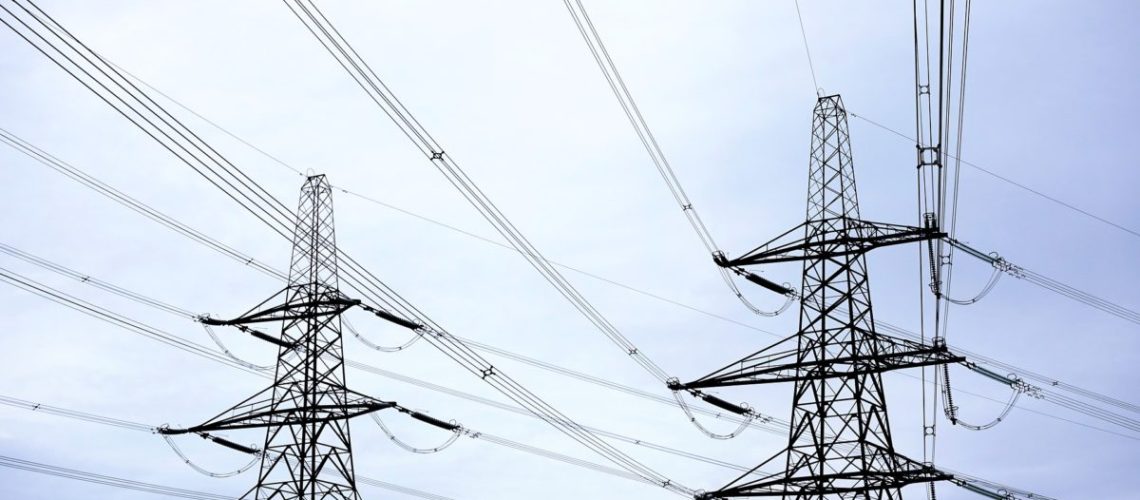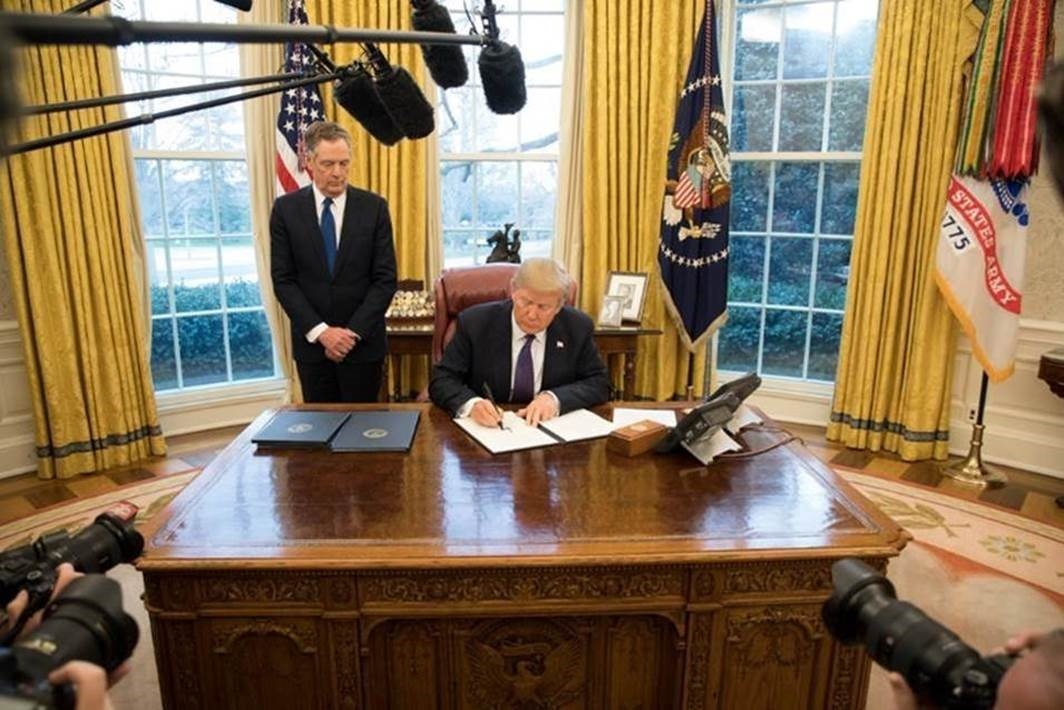A strategic and coordinated approach to integrate various clean energy solutions into the grid is vital to making space for the surge of renewables and electrification across the country, which is where “grid flexibility” enters the scene.
The global energy landscape is undergoing a transformative shift from traditional centralized grid networks to decentralized, distributed energy systems. At the same time, the U.S. is experiencing unprecedented grid load and supply growth shaped by ambitious net zero goals, supported by the Inflation Reduction Act (IRA) and the Bipartisan Infrastructure Law (BIL) and federal energy regulations like FERC Order 2222.
This evolution means we’re seeing huge market development and innovation, shown through massive proliferation of distributed energy resources (DERs), virtual power plants (VPPs), EVs, microgrids, small-scale renewables, distributed energy storage, and demand response solutions. A critical component for our net zero success and ability to modernize the aging grid infrastructure lies in understanding and embracing the concept of grid flexibility.
Challenging the norm
There has been $278 billion announced in new private clean energy investments, and $70B worth of grants, rebates, and other funding since the passing of the IRA. Despite this being a win for renewables, the surge in clean energy projects planned in the U.S. is outpacing the capabilities of many utilities and system operators (SOs), with a backlog of new interconnection requests hindering the process.
For these new low-carbon technologies to connect to the grid quickly and effectively, upgrades are needed to manage their additional impact (i.e., overloading circuits, voltage and frequency deviation) and variable generation patterns. On top of this, total electricity capacity in the U.S. is projected to double by 2050 to meet increasing electrification of industries, including heat and transportation, which leads to more strain on the grid than ever before.
A strategic and coordinated approach to integrate various clean energy solutions into the grid is vital to making space for the surge of renewables and electrification across the country, which is where “grid flexibility” enters the scene.
Defining grid flexibility
Grid flexibility refers to the ability to adapt quickly to changes in electricity supply and demand. Utilities have to continuously manage fluctuations in power generation and demand; flexible solutions, such as energy storage systems, help ensure renewables and new load can come online, while also reliably keeping the power on. For example, when there’s too much power on the system coming through from wind turbines on a gusty day, large-scale energy users could increase their energy usage.
If there’s not enough power, a storage system or aggregation of EVs can discharge to ensure there’s sufficient power coming through. By optimizing the deployment of renewables and DERs, grid operators can enhance the efficiency and resilience of the grid, reduce emissions, and achieve climate goals. Through embracing flexibility, utilities and system operators can also maximize systems already in place, avoiding costly grid upgrades and expensive gas peaking plants which are operated a small percentage of their potential uptime but will be stranded in an electrified future.
Localizing grid flexibility
Grid flexibility is not a new concept. The broad case for energy efficiency and demand response has been proven for decades now, and hundreds of programs are run across the country. However, the applications, types and sizes of DERs have changed dramatically in recent years.
Localized, rather than system-wide, flexibility is a major missing part of the flex equation. An increasingly electrified and decentralized grid will experience significant locational strains. One application for flexibility, non-wires alternatives (NWAs), has been a part of the U.S. energy grid for many years, but these programs are often inefficient, clunky, and not up to the job. But we can learn from the other countries who have already successfully implemented grid flexibility solutions that are easy-to-administer, open up new revenue streams for businesses, and ensure a smarter, more efficient energy system.
Implementing grid flexibility – U.S. case study:
We’re seeing that grid flexibility can lead to significant cost savings for both utilities and consumers. One great example of leveraging local flexibility for the NWA use case is Con Edison’s Brooklyn Queens Demand Management Program, which included energy efficiency, demand response, and distributed resources strategies that resulted in an estimated net benefit of $94.9 million. We need to build on these learnings and rethink how we incentivize the development of the grid and our energy infrastructure.
Looking to the future
Momentum is building for grid flexibility in the U.S. as the country aims to decarbonize and strengthen domestic energy security, and it’s clear the time has come to establish a flexible, secure, reliable, and environmentally conscious energy system for generations to come. Successfully achieving flexible, sustainable grids will require a focus on localization, innovative market platforms, and coordination across partners to solidify a clean energy future.
John Bayard is chief commercial officer of Piclo, an independent marketplace for energy flexibility services, enabling system operators to source energy flexibility from flexible service providers during times of high demand or low supply.





